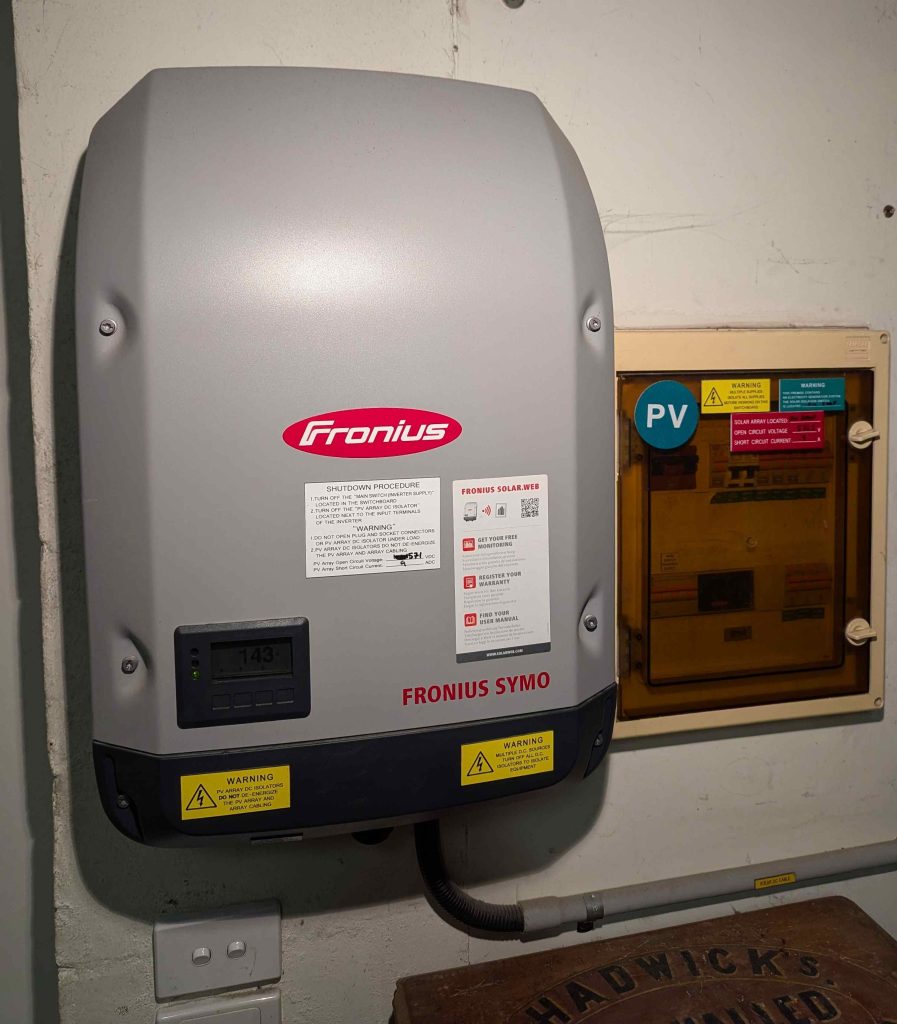
Design Stage
Power for your electric home should be considered at the design stage. If you remove gas as an energy source, it will put more load onto your power supply. Therefore, your home should be energy-efficient, have energy-efficient appliances and enough power supply.
Also, this is a requirement of the new 7-Star ‘Whole of Home’ building code for renovations and new buildings. Hence, it is important to:
- Improve your home’s thermal performance
- Choose energy-efficient appliances and run them during the day if possible
- Maximise rooftop solar panels and
- Ensure your power supply will support the power load of your electric home
Heating & Cooling Loads
Aim for a 7-Star ‘Whole of Home’ rating if you are renovating or building a new home. It will reduce your heating and cooling loads and hence your power demand.
This is particularly important during winter when you generate the least amount of solar power for your electric home. Winter is the Achilles heel of an electric home.
The other 9 months are relatively easy, when you should expect your solar power supply to exceed your demand, mostly.
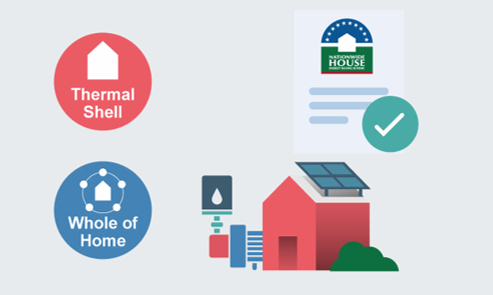
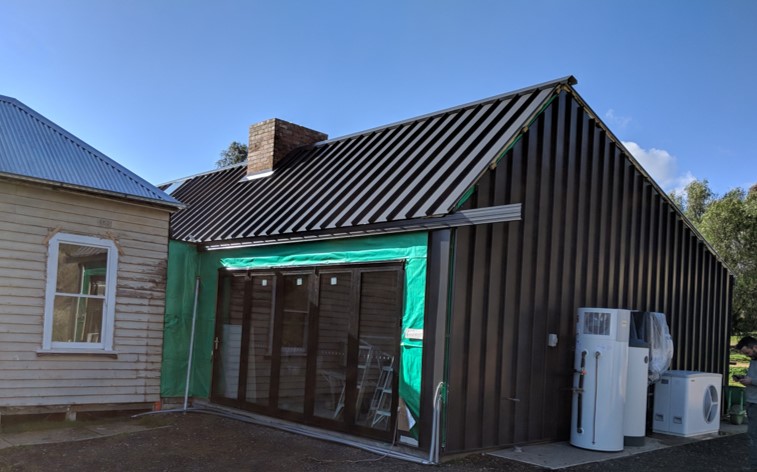
Orientation & Thermal Mass
Orient your home towards the northern sunshine. Allow it to radiate through large northern windows onto a concrete slab or internal masonry walls to give you a useful heat bank in winter. This thermal energy will be stored during the day and re-radiate out at night. It should enable you to turn heating equipment down or off completely overnight.
Windows & Insulation
Choose high performance windows and insulate roofs, walls, and floors to give high resistance (R-Rating) to unwanted hot or cold air entering your home over the year. This reduces your winter heating load and summer cooling load, requiring less power.
Reduce window area to the west and east, and especially south. Ensure good window shading in summer. Attention to these design elements will help you achieve your 7-Star ‘Whole of Home’ rating.
Air tightness
Make your home air tight to reduce heat loss from convection. The ‘Goldilocks’ level of air tightness is between 5 to 10 air changes per hour (ACH) when your home receives air pressure of 50 Pascals. This is a wind speed of approximately 30kph applied via a blower door test.
Above 10 ACH, you will need more heating in winter, whereas below 5 ACH you will need heat recovery ventilation to prevent other issues such as high concentration of carbon dioxide, humidity and internal water condensation that encourages mould growth.
Room Zoning
Close the doors of unused rooms and turn down or off the heating to those rooms. Room zoning is a simple way to reduce your heating load in winter. If you have a two-storey house, it is best to have a door that closes off the main living/dining/kitchen area or at least the stairway so that heat does not easily escape from the ground floor to the first floor.
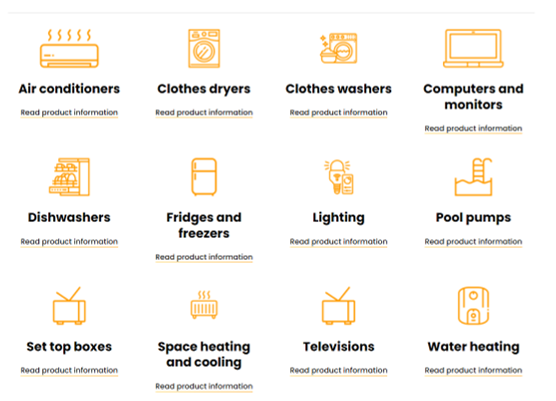
Efficient Appliances
Choose energy-efficient plug-in appliances. Compare their star ratings.
Manage the run times of your discretionary plug-in appliances to run during the day if possible. This is particularly important for heating, cooling and hot water.
Heating, Cooling & Hot Water
The power for your electric home is mainly consumed by heating, cooling and hot water; about 65% of your total power needs. Therefore, ensure these systems are very energy efficient. Check and compare their performance ratings.
Consider heat pumps because 1kW of power will generate 4 to 5 kW of heat. Heat is absorbed from the outside air, even if its below zero, then compressed to raise its temperature. It is like the heat you feel when you compress air with a bicycle pump. Finally, this heat is pumped into your home via convection or radiation systems, or pumped into your hot water storage tank.
Solar heating and hot water are other options but they take roof space that could otherwise be used for solar panels.
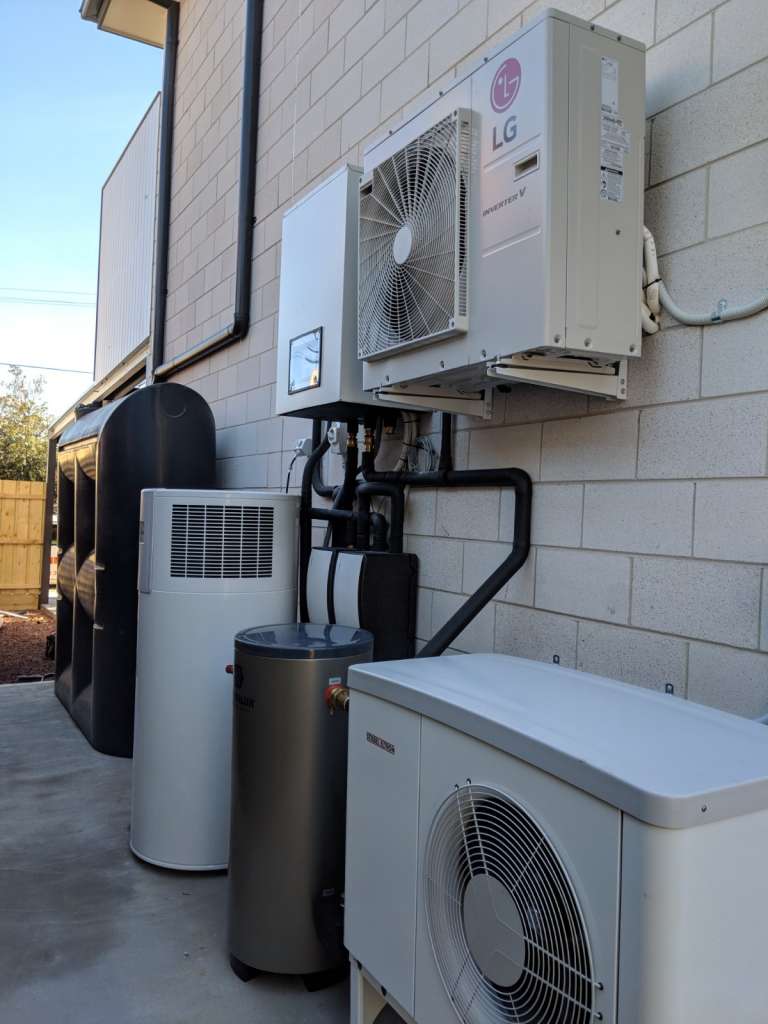
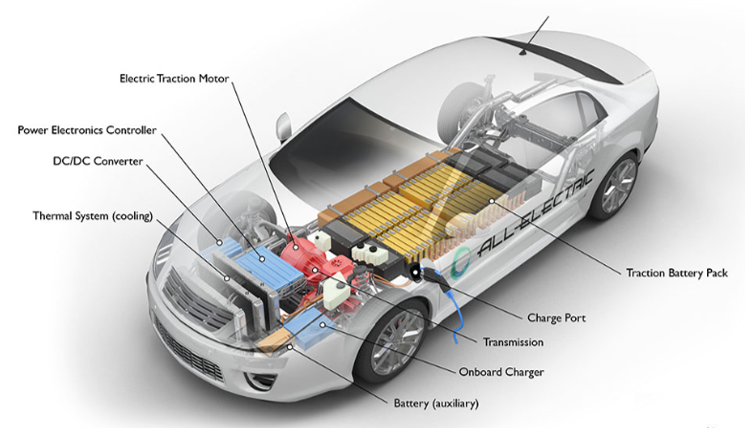
Electric Vehicles
Consider an electric vehicle in your plans. We are about to enter a new world of bi-directional electric cars that can take and give power to your home. Read more: house battery or EV.
These are called vehicle-to-home (V2H) cars. They are effectively large solar batteries on 4 wheels. If you can make it work for you, you may not need a home battery.
Solar Panels
Maximise the number of solar panels on your roof. Solar panels are rated at their peak power under ideal conditions. However, mostly they produce less than this.
Therefore, more solar panels will give you more power during winter when your demand is higher whilst your power generation is lower.
Council Rules
Check council rules about line-of-sight from the road. You may not be able to install solar panels on the front of your home even if this is north facing. However, solar panels installed on east and west facing roofs are also cost effective.
Roof Structure
Check whether your roof can take a solar array. You may need to repair or upgrade your roof prior to the installation of solar panels.
Your Electricity Provider
Also, check with your power provider about how much solar power you can install.
Manage Main Appliances
Maximise the use of your solar power by running heating, cooling, hot water, and discretionary plug-in appliances during the day when you have ample solar power available.
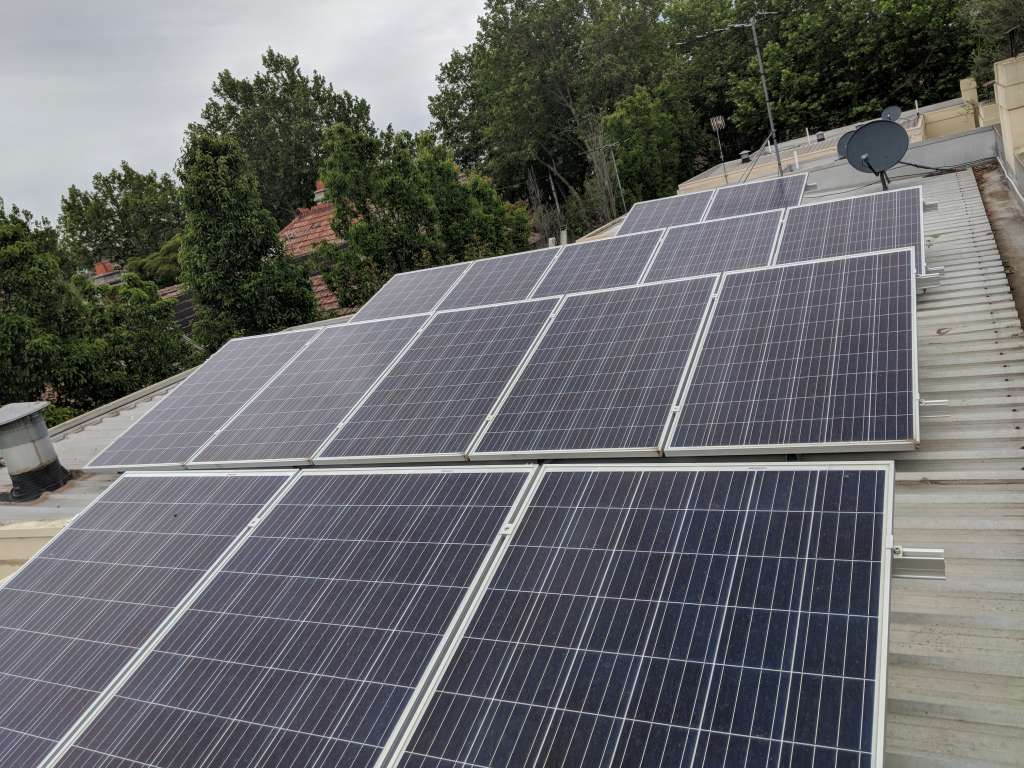

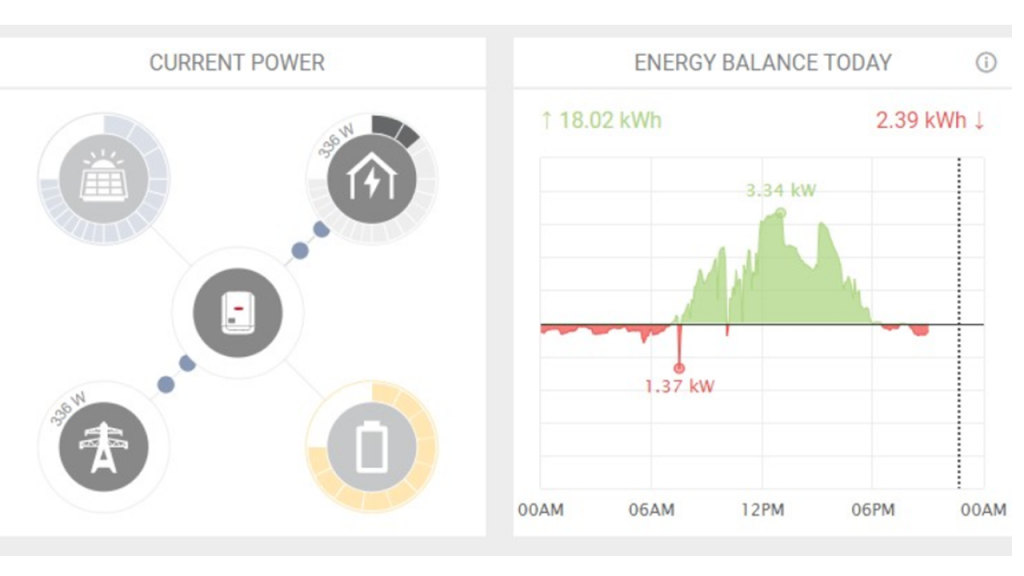
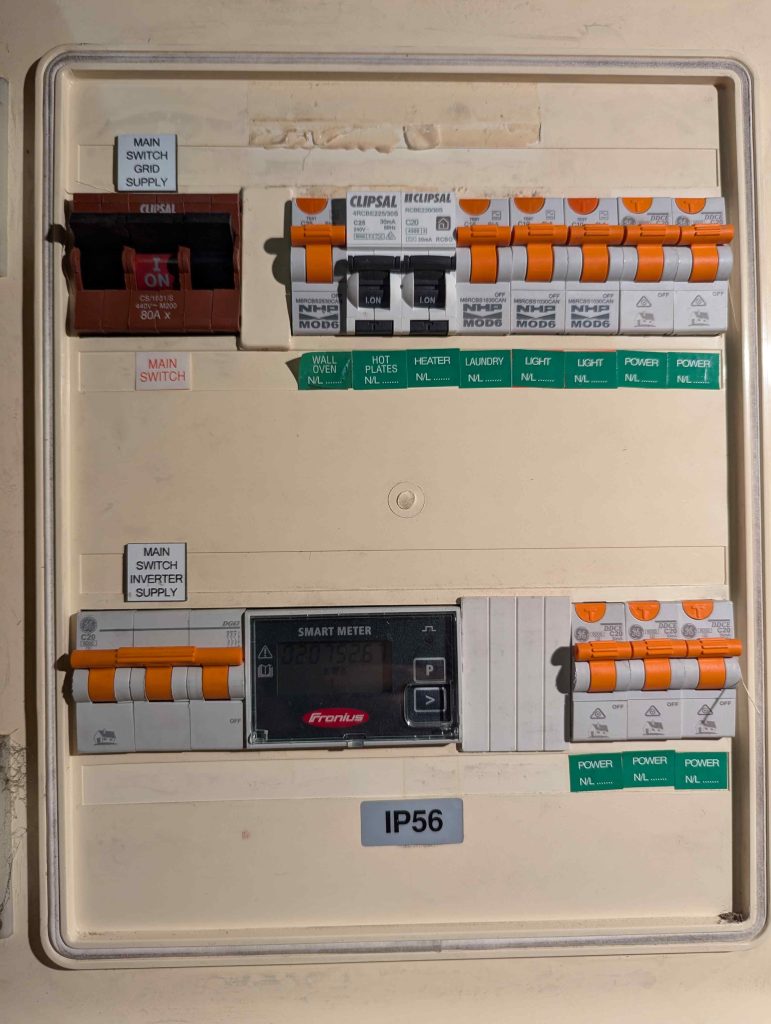
Power Supply
Ensure your power supply will support your power load. Check your power switchboard and determine its capacity.
In Australia, homes typically have 1-phase power of 230-240 volts with standard capacity ranging from 40 amps to 80 amps. If you are at the lower end of this range, you will probably need to upgrade your power supply.
If you are adding an electrical vehicle to your power demand, then an upgrade is most likely.
Switchboard
Check whether your switchboard has spare slots to take new switches for heating, cooling, and hot water heat pumps. If you are upgrading your gas cooking to an electric oven and/or induction cooktop, you will need a dedicated switch for this also. You may need to upgrade your switchboard.
3-phase power
Consider whether it makes sense to upgrade to 3-phase power. This would give you higher capacity and distribute power more evenly and efficiently compared to 1-phase. It reduces the strain on individual circuits.
If you are planning to add an electrical vehicle to your home, then 3-phase power makes more sense.
Check whether your power provider will allow you to upgrade from 1-phase to 3-phase power.
Power Upgrade
Ask about the cost of upgrading your power supply. The complexity of your upgrade will affect the cost, including labour and material costs for digging trenches, laying new cables, installing new equipment, etc.
If power lines are on the other side of the street from your home, it will be more costly, especially for 3-phase power.
Batteries
It is better to use power than store it. Timing your discretionary high-demand appliances to run during the day with your solar power is the best approach. Run your high-powered heating and cooling equipment during the day as far as possible.
Consider the economics of a solar battery against the power demand of your non-discretionary appliances like refrigerators and cooking appliances. Will the cost of the battery justify this demand?
Consider a larger buffer tank if you have a hydronic heat pump. This will give you a thermal battery.
Qualified Electrician
Finally, consult a qualified electrician to provide an assessment of your electrical system and the upgrade required. Your electrician will ensure compliance with electrical codes and regulations. Also, factor in potential delays during installation and plan for it.
Hydrosol can provide general advice and a referral to a qualified electrician, contact us.
